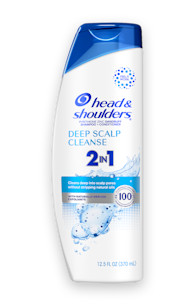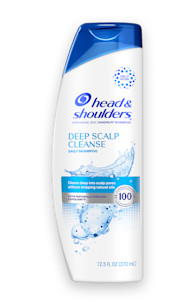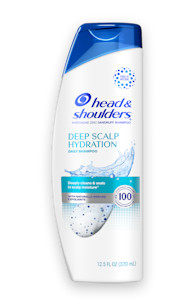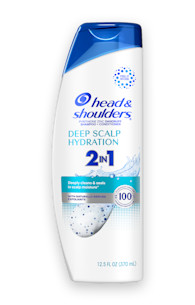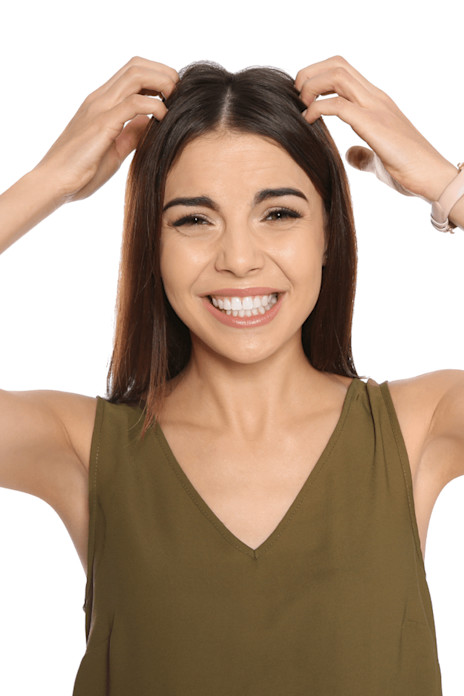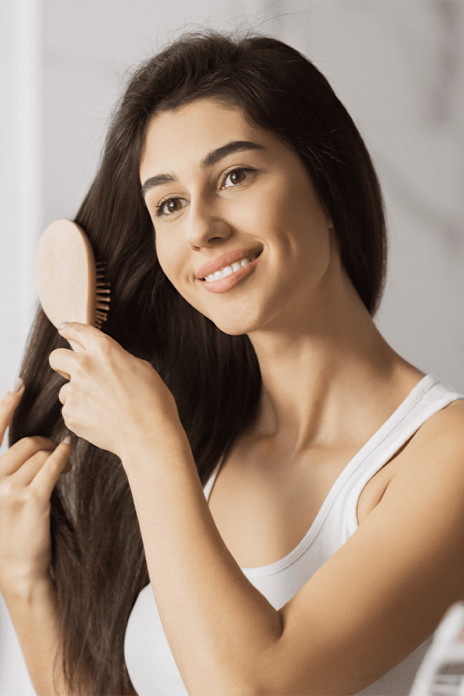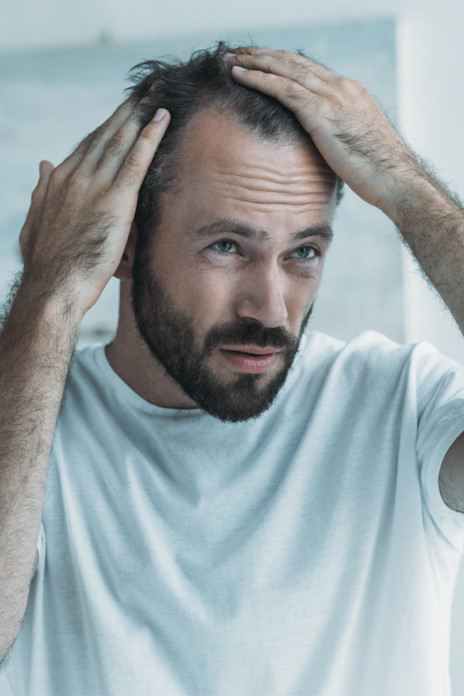HOW BEST TO REGROW HAIR AT THE CROWN
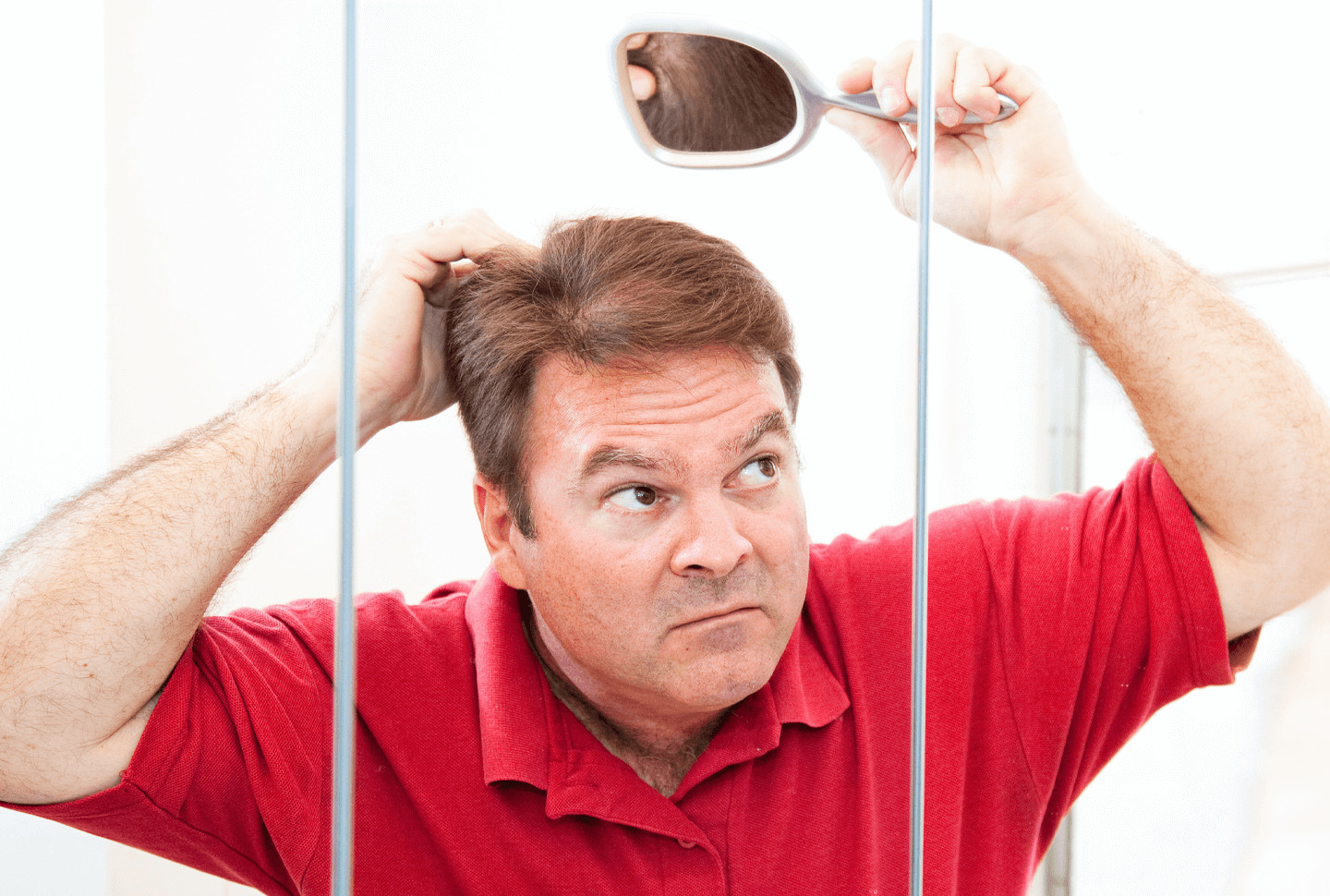
Work stress, family stress, general life stress—they can all be exhausting and lead to their own individual health problems. Add thinning hair or loss on top of it, and your stress can quickly be compounded.
We’ve covered some of the different reasons you could be experiencing hair loss or thinning hair in another article, but the big question we often hear from men and women is, “how can I reverse the damage?” One of the biggest causes of hair loss around the crown of your hair could be pattern baldness. If you ’ve experienced or are currently experiencing hair thinning at the crown, there are a few ways, both homeopathic and chemically, you can try to trigger regrowth.
1. Increased blood flow
People sometimes attribute restricted blood flow to the scalp as a reason for hair loss at the crown. So, in addition to wearing hats and tight buns/ponytails less frequently, daily scalp massages or treatments like microneedling may improve blood circulation. These both will take consistent application over time to potentially see results, so be patient if you go this route.
2. Natural foods
As we’ve heard for a while now, more naturally processed and whole foods/herbs have a plethora of health benefits that come from either ingestion or direct application. If you’re looking to strengthen your hair shaft, try fatty foods like coconut oil, avocado, and fish oil. To release toxins and prevent blockages from the follicle, try aloe vera, lemon, ginseng, onion juice, rosemary oil, and geranium oil. As reported by Healthline, these foods can help stimulate hair regrowth in men and women.
3. Supplements
Viviscal is a hair growth supplement containing a mineral-rich combination of shark and mollusk powder, organic silica, and vitamin C (derived from acerola cherry). These ingredients can help regenerate new cells and strengthen existing cells. Other supplements, like prenatal vitamins, folic acid, and biotin could help restore and strengthen hair.
4. Minoxidil/Finasteride
We’ve previously discussed some of the differences between minoxidil and finasteride and how to select the one that is right for you. The important thing to note is that both of these remedies must be used continuously as long as you want to see results. Once you stop taking these, new hair will be lost.
5. Hair transplant/low-level laser therapy
These are more aggressive treatments that are also usually more costly. Hair transplant involves taking and replacing skin with fewer or balding hair follicles with skin that has more, fuller hair. Laser therapy has been reported to help the healing process after a hair transplant, but according to WebMD, can also help with male pattern baldness, hair loss from chemotherapy, and other conditions.
Who do these treatments work for?
All of the treatments listed above should work for both men and women’s hair regrowth, specifically around the crown of the scalp. Though, it’s always best to consult with your physician or dermatologist before you begin a treatment to find the solution that will work for you.

